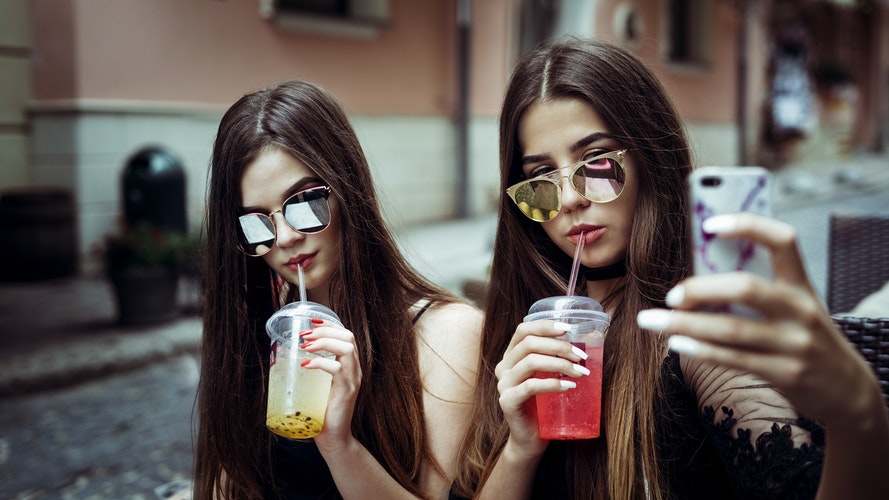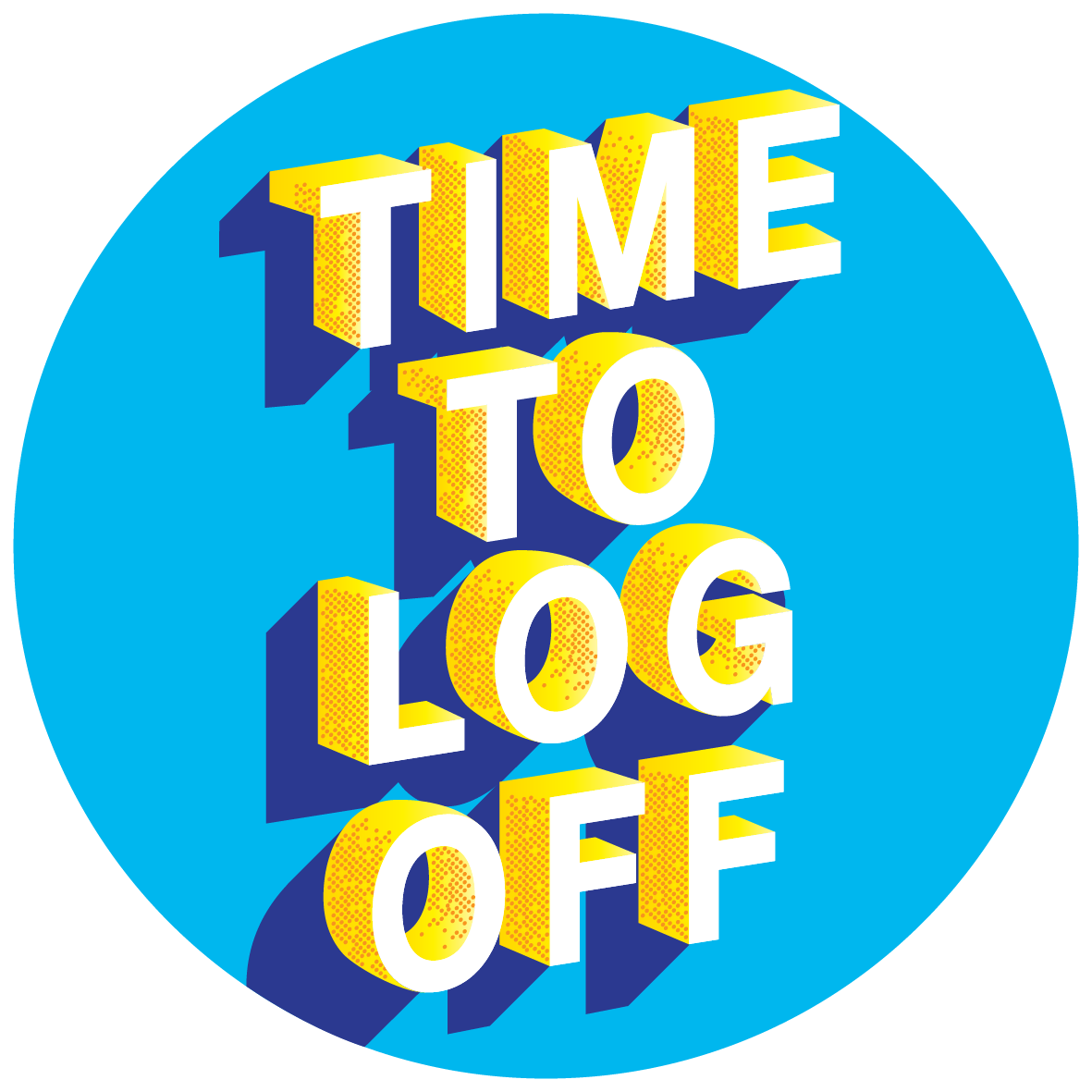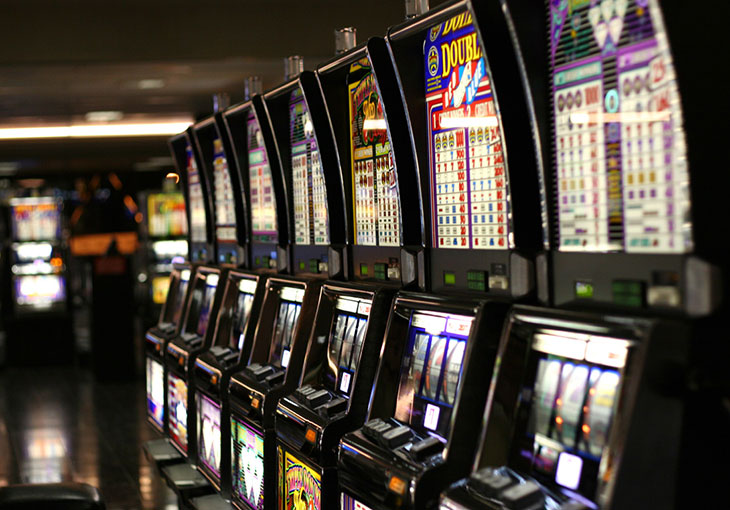
01 Jul How social media gets us hooked
Why we post
It’s not news that we love to talk about ourselves.
Humans devote about 30–40% of all speech to talking about themselves. But online that number jumps to about 80% of social media posts. Our social media addiction mostly manifests itself in us talking about ourselves, rather than talking about other people.
Why? Talking face-to-face is messy and emotionally involved–we don’t have time to think about what to say, we have to read facial cues and body language.
Online, we have time to construct and refine. This is what psychologists call self-presentation: positioning yourself the way you want to be seen.
The feeling we get from self-presentation is so strong that viewing your own Facebook profile has been shown to increase your self-esteem.
What’s interesting is that the most prominent way we tend to work on self- presentation is through things—buying things and acquiring things that signify who we are.
Think: Clothes, games, music, the logo on your laptop right now.
The intensity of emotion people can feel for their favourite brands as a result of this is powerful. An experiment showed volunteers two types of photos: the logo for a brand they loved and pictures of their partners and closest friends.
Their physiological arousal to the logo was as intense as the arousal of looking at a picture of their closest friend.
Things—and by extension, brands—are a huge part of who we are.
Why we share
So, if we like talking about ourselves so much, what would make us share something of someone else’s?
Passing information on is an impulse that we’re hard-wired with. Just the thought of sharing activates our brain’s reward centers, even before we’ve done a thing.
Self-presentation, strengthening relationships
It comes back to our own self image: 68% of people say they share to give others a better sense of who they are and what they care about.
But the biggest reason we share is about other people: 78% of people say they share because it helps them to stay connected to people. Social media addiction can be partly be seen to be about our need for connection.
Experiments have shown that the best predictors of contagious ideas in the brain are associated with the parts that focus on thoughts about other people.
Social currency
And when we share the right type of content, we gain social currency—our stock goes up. 62% of people say they feel better about themselves when people react positively to what they post on social media.
Jeff Goins wrote on our blog about this little-known research paper from the 1970s that attempts to create a unified theory of what makes something interesting.
The author, Murray Davis, says all interesting content is “an attack on the taken-for-granted world of their audience.”
Like “the dress,” things that are interesting deny our assumptions in some way; they shake us up.
 Why we ‘like’
Why we ‘like’
44% of Facebook users ‘like’ content posted by their friends at least once a day, and 29% do so several times per day.
We do this because we want to maintain relationships. When we favourite and like each other’s posts, we add value to the relationship, and reinforce that closeness.
We also create a reciprocity effect. We feel obliged to give back to people who have given to us, even in a small way. We want to even up the scales.
Social media addiction and the dopamine hit
When the like button was first introduced it completely changed changed the psychology of Facebook use. What had started as a fairly passive way to keep in the loop with your friends’ and family’s lives became deeply interactive overnight.
More than that, it became addictive. 1971, psychologist Michael Zeiler had shown with an experiment on pigeons that an unpredictable reward created twice as much dopamine (the ‘feel good’) chemical in the brain as a predictable one.
We became social media gamblers, never knowing each time we shared a photo, link or status update whether we would get a response. Like Zeiler’s pigeons, we became more driven to seek feedback when it wasn’t guaranteed.
Facebook was the first platform to introduce the like button, but we can now like and repost tweets on Twitter, like and comment on pictures on Instagram, Google+, LinkedIn, and on videos on YouTube. Social media addiction finds us playing one huge digital slot machine of unpredictable rewards.
We’re all hooked.




 Why we ‘like’
Why we ‘like’
Sorry, the comment form is closed at this time.